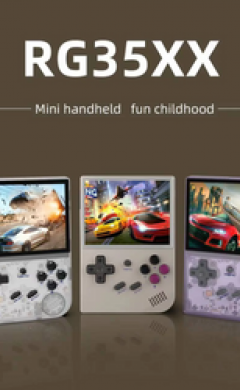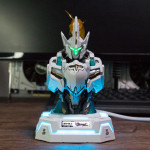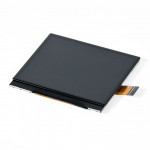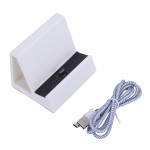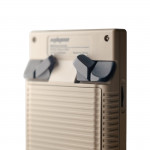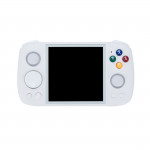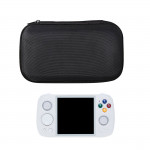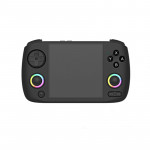Ayaneo Pocket Micro Review: The Best 3:2 Handheld?
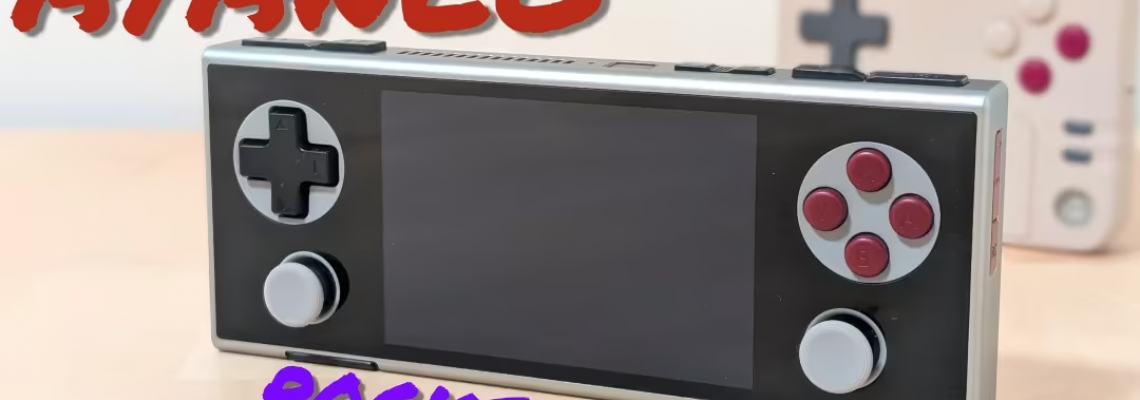
Ayaneo Pocket Micro Review: The Best 3:2 Handheld?
The Game Boy Advance SP was one of my first portable devices. It's a tiny clamshell that played some of my least favourite and most beloved games of the era. Kong, you have my attention. I've always been looking for a portable that can play GBA in my preferred style.
I purchased a new GBA SP with the original AGS-101 screen a few years ago, and it was modified to have a stricter metal casing. I've also experimented with several 3:2 handhelds. From the Powkiddy V10 to the KTR1 and back to the RG351P. We are now examining a high-end 3:2 with the Ayaneo Pocket Micro.
Come along with me as I discuss my likes and dislikes. Spoiler alert: the reason I'm not keeping it.
Specs
Regarding specifications, it's crucial to remember that the base model starts at $200 and goes up from there. Alternatively, depending on your value, you can purchase the top-spec model at Antec for $269.
- CPU: Mediatek Helio G99
- GPU: Mali-G57 MC2
- Ram: 6-8GB
- Storage: 128 / 256GB
- Screen: 3.5-inches, 960×640 (3:2)
- Battery: 2600mAh
- Connectivity: W-Fii 5, Bluetooth 5, USB-C, Micro-SD
- OS: Android 13
- Dimensions: 156x63x18mm
- Weight: 234 grams
What I like
The Screen
The high-definition, 3:2 aspect ratio screen truly appeals to me, even if it is only a 3.5" panel. Thanks to this GBA handheld, which is ideal for 4x integer scaling, I've been able to play some of the games I've wanted to play again on a screen like this. I even played my Good boy Galaxy rom on this site, and wow, what an experience.
Even though the 3:2 aspect ratio is ideal for the GBA, devices like the Genesis or Game Boy Color will still have black bars. Even if the black bars ordinarily annoy some people, it still feels pleasant when the screen is filled with either integer scaling or overscale options. Overall, this is my favourite feature of the Pocket Micro, so I prioritized it over everything else.
The Hand Feel
When I mention "hand feel, "I mean how this item feels. When it was first released, many were concerned that it would be a bit of a boxy device, but I didn't think it was that bad. The Micro's chamfered edges make it more comfortable to handle. Although you shouldn't purchase it because of the metal outside shell, the additional weight makes the device feel more substantial.
It's even better because the controls I plan to utilize are positioned right in that "nice and usable" area. Despite everything, the Ayaneo Pocket Micro does a great job with feel and ergonomics, and I have to give them a lot of credit.
The Controls (Mostly)
When I say "mostly, "I mean everything on the upper portion of the gadget. The D-pad on the left reminds me a lot of my old handhelds. It ran the Celeste gamut flawlessly and had a significant pivot, in my opinion, enabling me to reach the summit with few deaths at my 3-minute average. The face buttons offer a pleasant clack when pressed despite their light weight.
The shoulder buttons perform admirably as well. The shoulder buttons are inline, but they click lightly and responsively, and they work nicely in the games I play that require them. Other than that, they're nearly there.
What I don't
The Price to Performance
When discussing the ZPG Unicorn and the KTR1, I mentioned enough of the G99 chipset. It is capable of sufficiently emulating the native GameCube and several PS2 emulators. However, that isn't my main complaint with the Ayaneo Pocket Micro. It's the cost of purchasing a gadget with such a high-end feel yet a chipset like that.
The Battery
It's a tiny battery. With 2,600mAh, you're not only smaller than the majority of other Android handhelds but also smaller than other G99 handhelds. You're also getting smaller than many handhelds that run Linux. As a point of comparison, the new TrimUI Smart Brick features a 3,000mAh battery. Additionally, the RG28XX includes a 3,100mAh battery. A 2,600mAh battery feels unacceptable at this size.
It does endure, but not indefinitely. Therefore, be ready to remain near the charger if you wish to push the G99 chipset to its limit.
The Sticks
I dislike the portion and the other half of the controls. Despite my constant criticism of Anbernic for employing Joy-Con sticks, they have addressed the issue in their Android releases. In addition to using Joy-Con-style sticks, the Micro has an unpleasant rubbery soft-touch texture on top of them. It feels like something that will chip or peel away with enough use over time. This is not as good as typical rubber. For the first time, I liked the sensation of the caps above the stick movement.
No, if you told me, you could remove the sticks. If you're altering a handheld to remove features on a gadget this expensive, you don't have the appropriate handheld.
Should You Buy It and Alternatives?
The Pocket Micro's suitability for your particular needs will determine whether or not you should purchase it. And you don't mind paying that much for a gadget with those specifications. A Retroid Pocket Mini, of which RH has a comparison video, is available for $200. This exchanges the metal construction and 3:2 for a high-resolution 4:3 display made of glass and plastic.
You may get a ZPG A1 Unicorn if all you want is the power of a G99. For $125, you get a whole plastic body instead of metal. Instead, you get a 4" 720p display with clicky controls. Right now, though, you have even fewer options if you want the 3:2 display. Although the Powkiddy V10 and RG351P cost less than $50, the quality is commensurate with the price, as is the RK3326 chipset that powers them.
If not, you should upgrade to the Micro or KTR1. These portables have a battery nearly three times the size and an even larger 3:2 display. They win in terms of value. But in terms of timeliness and quality, Ayaneo would be more beneficial to you.
Final Thoughts
Does the Pocket Micro perform well? Indeed. Is it worth purchasing one if the pricing is just what you're looking for? No. Will I keep mine?
These days, battery life is my biggest drawback. Sure, you can obtain a good battery if I'm just using GBA. However, you shouldn't expect x86 battery life stats for $200 plus shipping or $269 from Antec.
I enjoy it a lot, but you should anticipate greater longevity, given the price. mainly because gadgets with more excellent batteries cost a third as much. Nevertheless, when it finally reaches him, Team Retrogue will adore this.
